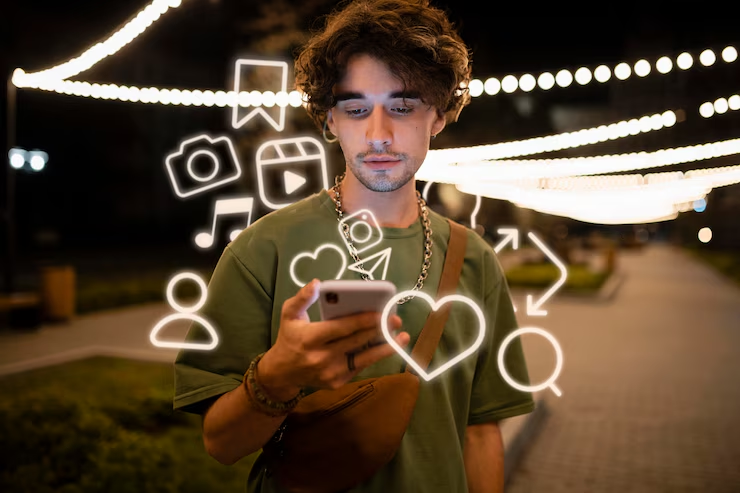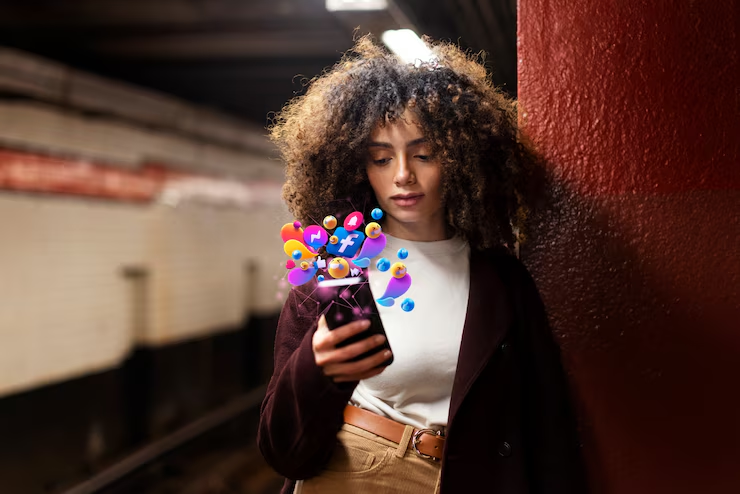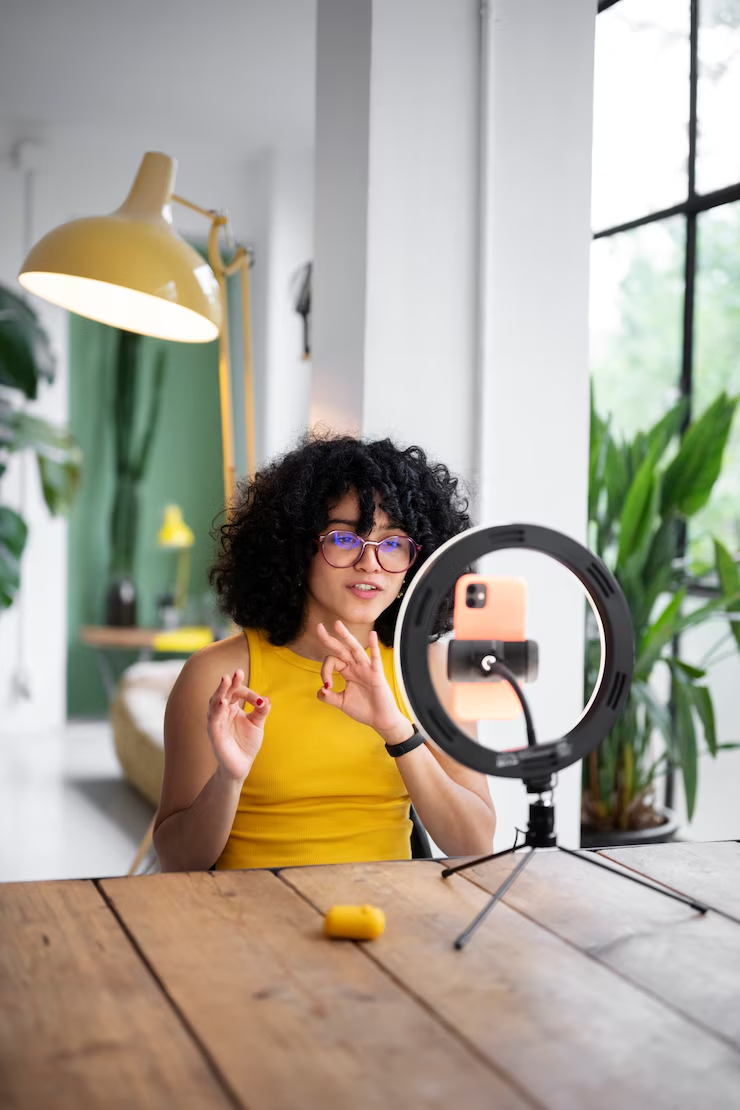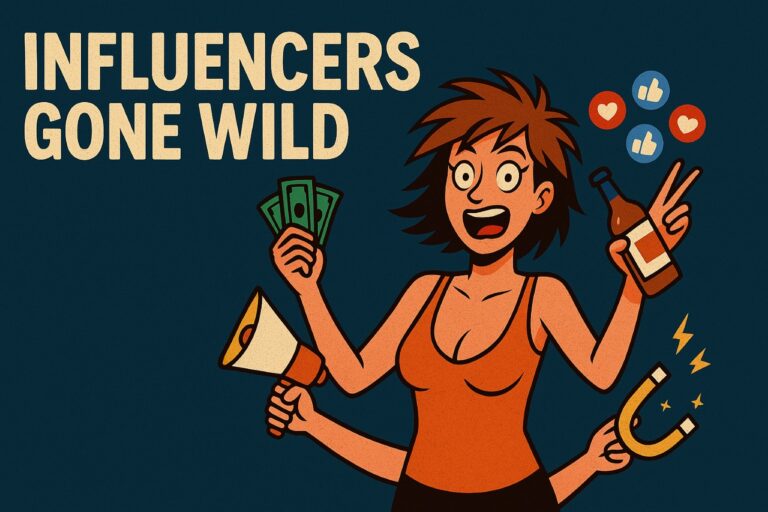Influencersgonewold: When Fame, Controversy & the Algorithm Collide
Introduction: What Does “Influencersgonewold” Really Mean?
In today’s fast-moving social media landscape, the term “Influencersgonewold” (a stylized spin on influencers gone wild) has become symbolic of a deeper cultural shift. It describes moments when influencers social media personalities with large followings veer off the rails. Whether through controversy, risky behavior, or unfiltered content, these influencers often blur the line between entertainment and recklessness.
But this isn’t just about viral moments. It’s about the algorithm-driven economy of attention, the pressure to constantly outperform oneself, and the very human cost of chasing online fame.
Let’s take a deeper look into this wild, unfiltered world of modern-day digital influence.
What Is “Influencersgonewold”? A Modern Digital Phenomenon
The phrase isn’t just a hashtag, it’s a symptom of a system that rewards shock value. “Gone wild” doesn’t necessarily mean scandalous or sexual. It often refers to:
- Public meltdowns
- Outlandish stunts or pranks
- Content that toes legal, moral, or ethical boundaries
- Manipulative marketing tactics
- Inappropriate or culturally insensitive actions
It represents the tipping point where authenticity becomes performance, and content becomes chaos, all for clicks, likes, and virality.
Why Do Influencers “Go Wild”?
Understanding the Psychology & Algorithmic Pressure
Influencers face an unrelenting demand for novelty. Social platforms reward content that drives engagement, regardless of whether it’s positive or negative.
Here are some common reasons influencers cross the line:
- Platform-driven pressure: The bolder the content, the more visibility it tends to receive—encouraging creators to constantly push the envelope.
- Fame fatigue: Constant relevance requires ever-escalating tactics.
- Community expectations: Followers crave both honesty and excitement, often pushing influencers to reveal more while staying sensational.
- Brand desperation: When sponsors dry up, creators often pivot to controversy.
These conditions create a “perform or perish” environment where going wild becomes a survival strategy.
Real-World Examples: Influencers Who Went Too Far
1. Adam22 and Lena The Plug: Redefining Content Boundaries with “Plug Talk”
They built a brand on adult content, openly sharing their explicit experiences. Though consensual and legal, their candidness still sparked debate about morality, parenting, and influence.
2. Samantha Strable aka “Wombat Woman”
An American influencer filmed herself taking a baby wombat in Australia, causing outrage. Experts labeled it wildlife harassment, and the incident became a case study in irresponsible travel content.
3. Crypto Scams & the “Save The Kids” Token
Top YouTubers endorsed a fake cryptocurrency project that ultimately rug-pulled investors. These influencers used their clout to pump a coin, then quietly dumped it—costing followers thousands.
4. TikTok’s “Devious Lick” Trend
Teen creators filmed themselves stealing or vandalizing school property for likes. The trend went viral, resulting in real-world suspensions, arrests, and platform crackdowns.
These aren’t isolated events, they’re echoes of a bigger systemic pattern.
Current Trends: What’s Driving the Chaos in 2025?
1. Short-Form Escalation
Short-form video platforms like TikTok, Reels, and YouTube Shorts have intensified the race for attention forcing creators to grab interest almost instantly. This leads to:
- Shock humor
- Fake pranks
- Dangerous stunts (e.g., cooking with NyQuil)
2. OnlyFans & Adult Monetization
As ad revenue shrinks, many turn to platforms like OnlyFans. While it empowers creators financially, it also exposes them to exploitation, backlash, and brand risks.
3. AI-Enhanced Fame
Tools like AI face-swaps, voice clones, and deepfakes allow influencers to generate content faster—but also increase manipulation and authenticity issues.
How It Affects Viewers (Especially the Young Ones)
InfluencersGoneWold content can have real psychological and social impacts on audiences:
- Skewed Perceptions: Younger audiences can start to view dangerous or extreme online behavior as acceptable or even aspirational.
- Mental Health Strain: Doom-scrolling controversy takes a toll on emotional well-being.
- Copycat Behavior: Teens may imitate unsafe stunts or challenge norms to gain attention.
This isn’t just a problem for influencers. It’s a societal feedback loop.
Influencer Burnout: The Hidden Cost of Constant “Performing”
Behind the curated chaos is a reality most people don’t see: mental exhaustion.
Many creators suffer from:
- Anxiety over relevancy
- Troll attacks and cancel culture
- Sleep and content cycles that never stop
- Parasocial relationships they can’t manage
Some influencers “go wild” not for fame, but because they’re silently screaming for help.
Platforms & Policy: Should Social Media Companies Be Doing More?
Yes, and here’s how platforms are starting to respond:
- TikTok now flags dangerous content and removes challenges.
- Instagram has launched mental health nudges and filter warnings.
- YouTube penalizes misleading sponsorships and harmful pranks.
- Twitch enforces lifetime bans for sexual misconduct.
Still, enforcement is inconsistent, and profit still reigns supreme.
Influencers vs. Traditional Celebrities: A Different Breed of Wild
| Aspect | Influencers | Celebrities |
|---|---|---|
| Platform | Social-first | Media-trained |
| Access | 24/7, unfiltered | Controlled & curated |
| Accountability | Low, decentralized | High, managed by teams |
| Revenue | Brand deals, fan monetization | Contracts, studios, networks |
This makes influencers more relatable, but also more volatile.
Can We Fix It? What a Healthier Influencer Culture Looks Like
Creators:
- Set personal boundaries
- Diversify income sources
- Be transparent about sponsorships
- Practice content ethics
Platforms:
- Improve reporting systems
- Reward responsibility, not just reach
- Offer creator wellness programs
Viewers:
- Don’t idolize dysfunction
- Call out harmful trends
- Support authentic, meaningful creators
Frequently Asked Questions (FAQ)
Why do influencers behave badly?
Most often, it’s a mix of pressure to stay relevant, monetary incentives, and lack of oversight. Wild behavior is algorithm-friendly even if it’s socially harmful.
Is “influencersgonewold” a trend or a warning?
Both. It’s a symptom of deeper issues within digital culture, but also a red flag about where we’re heading if we don’t value responsibility.
Can influencers “go wild” in a positive way?
Absolutely. “Wild” can mean bold, brave, and boundary-pushing in positive ways—like activism, artistic risk, or challenging norms with heart.
Conclusion
Influencersgonewold is more than just viral drama, it’s a mirror to our evolving digital identity. Behind every wild headline is a human story, a cultural trend, and a digital economy hungry for more.
As viewers, platforms, and creators, we face a choice: reward shock value or elevate responsibility. The future of influence doesn’t have to be unhinged. It can be authentic, meaningful, and yes still wildly creative.
Let’s make “going wild” about breaking boundaries, not breaking trust.
Also Read: Influencers Gone Wild: Unmasking the Chaos Behind Social Media Fame







